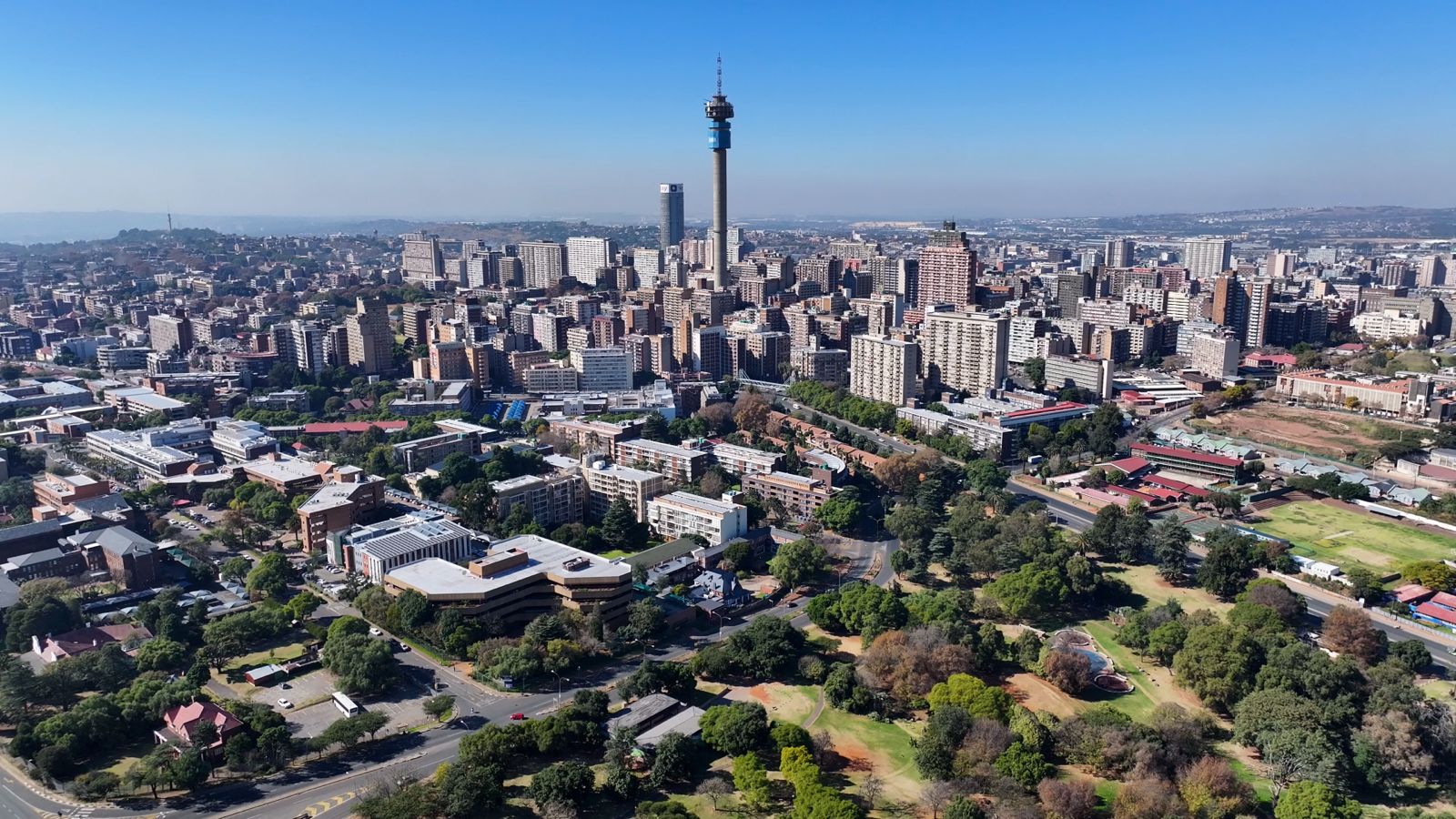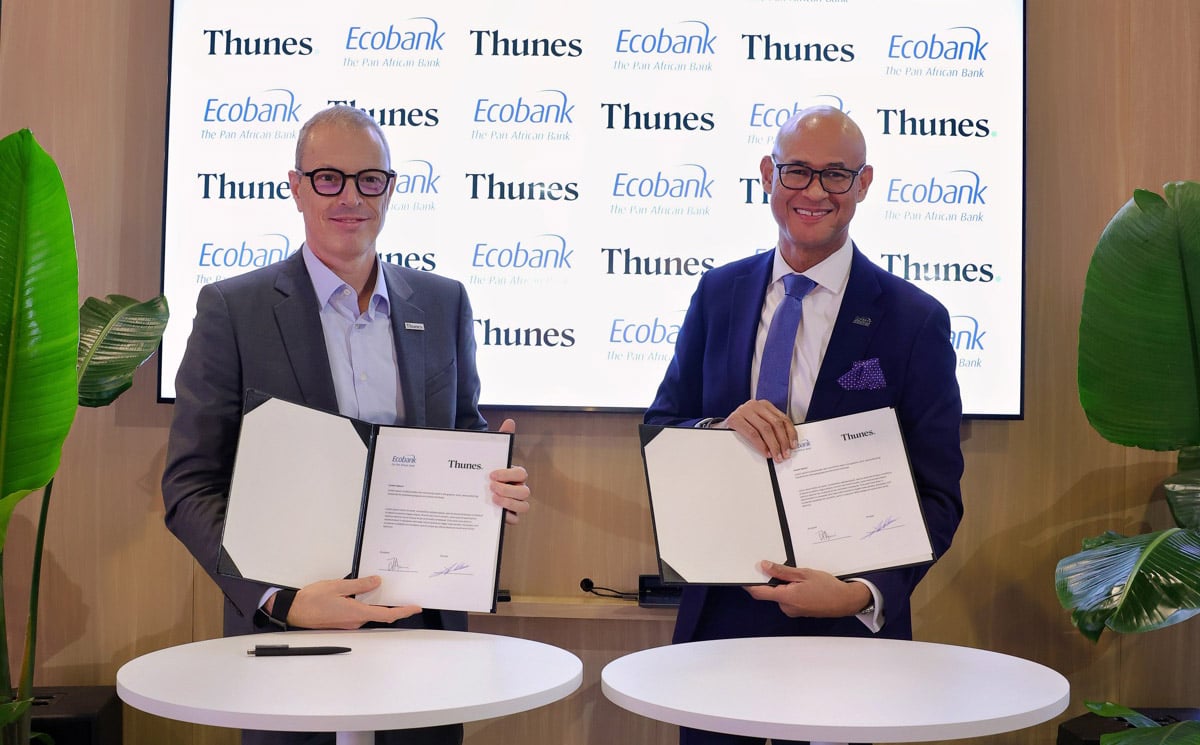
Why is Africa so focused on developing its infrastructure?
The answer lies in the correlation between infrastructure, development and GDP growth. A well developed and integrated infrastructure network improves productivity and efficiency while adding capacity, it increases trade through better connectivity thus stimulating economic growth and creating quality jobs. It also helps expand and deepen the informal sector and in general makes conducting business much easier,
As Africa positions itself for accelerated economic transformation, infrastructure development acts not only as a development tool but a strategic lever for continental integration, industrialisation, and global competitiveness.
The Luanda Financing Summit for Africa’s Infrastructure is co-hosted by the African Union Commission (AUC) and the African Union Development Agency (AUDA-NEPAD) under the patronage of João Manuel Gonçalves Lourenço, President of Angola and Chairperson of the African Union. It aligns with the Programme for Infrastructure Development in Africa (PIDA). The theme for this edition of the summit is: ‘Capital, Corridors, Trade: Investing in Infrastructure for the AfCFTA and Shared Prosperity’.
The Program for Infrastructure Development in Africa (PIDA) is a continental initiative adopted by all African countries to mobilize resources to transform Africa with modern infrastructure.
Its cross-border infrastructure projects and programs cover four main sectors: energy, transport, cross-border water and ICT.
While the correlation between infrastructure development and economic growth is widely acknowledged, the gap between Africa’s needs in this area and the supply is still vast.
According to the Africa Finance Corporation’s State of African Infrastructure report, while investments and delivery in infrastructure across the region has increased, the pace and scale of development is still far from adequate.
This becomes especially critical as countries seek to take advantage of the African Continental Free Trade Area (AfCFTA). For the world’s largest common market to function, it will require seamless movement of people, goods and processes and the myriad infrastructure elements this entails.
Speaking in March 2025, President Lourenço declared: “Infrastructure is one of the essential pillars of the African Union’s Agenda 2063. We must mobilise all available financial resources to achieve our goals.”
The Luanda summit is designed as both a “marketplace” and a “policy forum” – where heads of governments, development banks, and private investors meet in deal rooms to advance bankable projects.
PIDA’s footprint is impressive and continental in scale: $88bn in committed project value; $22m in project preparation funding; 19 projects advanced to construction stage and financial close or structuring across 29 countries.
The Summit’s programme includes Presidential dialogues, investor roundtables, sectoral panels, and pitch sessions designed to convert strategic visions into investable deals. Key themes include capital mobilisation, corridor development, AfCFTA implementation, and domestic resource mobilisation – with spotlights on InfraTech, climate-resilient cities, and digital transformation.
Mobilising domestic pool of funds for infrastructure projects is particularly significant because according to the 2025 State of African Infrastructure Report from the African Finance Corporation (AFC) Africa currently holds over $1.1 trillion in domestic capital – from pension and insurance funds to public development banks and sovereign wealth funds.
Why Angola?
With President Lourenço chairing the Presidency of the AU this year, he has made a point of putting infrastructure and financing at the heart of his tenure. Two flagship projects stand out:
The Lobito Corridor: A $10 billion, US/EU/AFDB/AFC-backed railway spanning 1,300 km across Angola, the DRC, and Zambia. It connects mineral-rich regions to the Atlantic, unlocking trade routes to Eastern and Southern Africa.
The Caculo Cabaça Hydropower Project: With a planned reservoir capacity of 440 million cubic metres and expected generation of 8,123 GWh, this project will significantly expand Angola’s energy capacity when it becomes operational by 2026.
Summit participants will have the opportunity to visit these and other transformative sites, underscoring Angola’s role as both host and exemplar.
Public-private synergy
As AUDA-NEPAD CEO Nardos Bekele Thomas notes, “The Luanda infrastructure financing summit marks Africa’s next milestone where political leadership meets private sector investment and innovation, where public private partnership exemplifies its true meaning to convert commitments into capital through presidential dialogues, minister investor panels, and the infrastructure marketplace and investors boardrooms.”
The Summit will be held in Luanda between the 28-30 October. For more information on how to participate, in person or to follow proceedings online, you can visit https://lfs.au-pida.org/programme. For more information on PIDA and AUDA-NEPAD you can visit https://lfs.au-pida.org/






Recent Comments